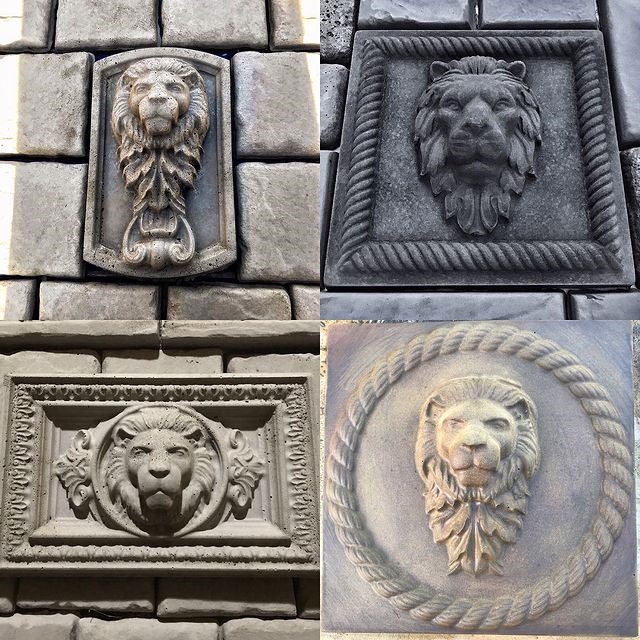Wow, your visitors when they visit with this peculiar and extraordinary DIY candle made from cement and twigs. You could keep them little to beautify your racks or make an enormous adaptation for a highlight. Custom Molds Peruse on to see exactly how we set up this. Within a real sense a few sticks and solid, you can make this overly cool light for your home or as a present for a companion. Look at these bit by bit directions complete with photographs or continue to look to the base on the off chance that you’d like to see a video instructional exercise all things considered!

For this undertaking, you’ll need:
- Fine molecule concrete blend
- Water
- Plate
- Spoon
- Tape
- Oil
- Branch
- Secateurs
- Plastic bowl
- Light
- Scissors
Collapsing utility blade
Stage 1: Gather your materials!
Make a point to twofold watch that rundown and accumulate every one of your things before you start.
Stage 2: cut the twigs
Utilize your secateurs to cut your twigs into pieces. You can make them whatever length you if it’s not too much trouble, yet attempt to make the entirety of your pieces generally a similar size. I let mine a tad, yet I would not like to make any too long or too short since I needed to keep the weight conveyance even so the piece would sit effectively and not tip. The solid loads the completed item down well, yet it’s as yet critical to think about all components.

Stage 3: mastermind twigs
In the plastic bowl that you will shape your solid base in, mastermind your twig pieces. You need to stand them up on their finishes, calculated somewhat so all the closures compromise at the base and stick out the sides. Set them so they stick out right around and change them until you’re content with the look. You’ll have the option to move them around a little later even once the solid blend is in, so you’ll have the option to make changes at that point, however, you will not have the option to move them around any longer once the solid beginnings drying; I’d propose getting the look you need at the start.
Step 4: blend concrete
Add water to your fine molecule concrete blend and utilize your spoon to blend it to the correct consistency. You need to do this blending cycle in an alternate plastic compartment (I utilize expendable ones that I’ve saved from the reusing box for this progression and the one above). Check the rear of your concrete’s bundling to ensure you get the correct proportion of fueled blend to water for that sort; it can fluctuate. You’ll see that I’m wearing gloves to work with the concrete; most DIY concrete blends aren’t really that unsafe to your skin, yet it tends to be a hard substance to wash off and it can likewise dry your skin out or disturb it in case you’re extremely touchy, so I chose to play things safe and clean.
Step 5: pour
Empty your concrete blend into the compartment that you orchestrated your sticks in, pouring it directly over the base finishes of the sticks where they compromise with one another. You can utilize your spoon to assist you with getting an all the more even pour and truly scratch all the abundance out. Whenever you’ve poured everything in, tap the sides of the tub gently to dispose of air bubbles and even out the top, or utilize your spoon to smooth the blend.

Stage 6: set it
Set your light in the focal point of your piece while your concrete blend is as yet wet. I set mine straight in the center of the ring of twigs around the edge and settled it in with the general mish-mash so it was in well however not sunk so far down that concrete would get on the flame’s wick. At the point when you’re content with the position of the light, but the entire venture aside to dry.
Stage 7: strip away structure
When your piece has dried altogether and entirely through, utilize your scissors to cut the edge. This will allow you to pull the dispensable plastic tub separated and away from the solid to make things a little easier to eliminate. Mold Design Pull back the entirety of the plastic and free your solid piece from the compartment.
On the off chance that you need, you can utilize a piece of sandpaper or a grating square to smooth the external surfaces and sides of your solid piece, eliminating any harsh spots or sanding down any irregularities. Also, the writing is on the wall! Your wood and the solid light holder are wrapped up. You can don’t hesitate to modify your pieces further from here also; painting or adorning it, for instance, could change it and add some character. Simply if you’d prefer to give this undertaking a shot for yourself, here’s an awesome instructional exercise video to help you!

As the editor of the blog, She curate insightful content that sparks curiosity and fosters learning. With a passion for storytelling and a keen eye for detail, she strive to bring diverse perspectives and engaging narratives to readers, ensuring every piece informs, inspires, and enriches.









